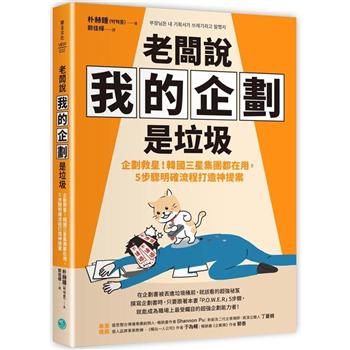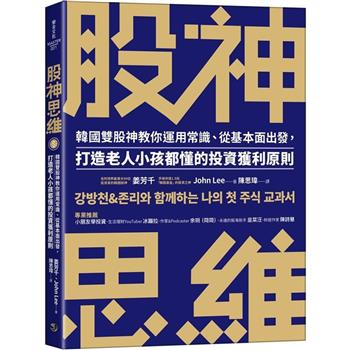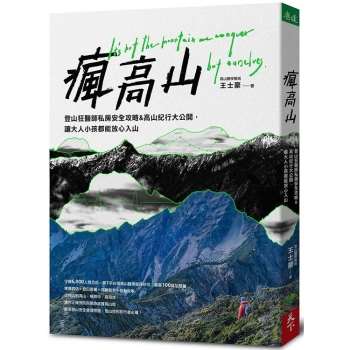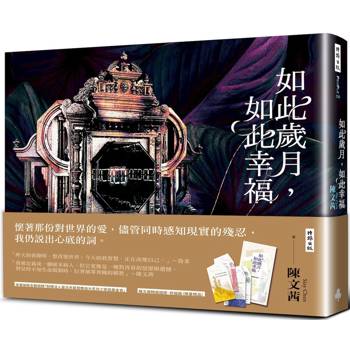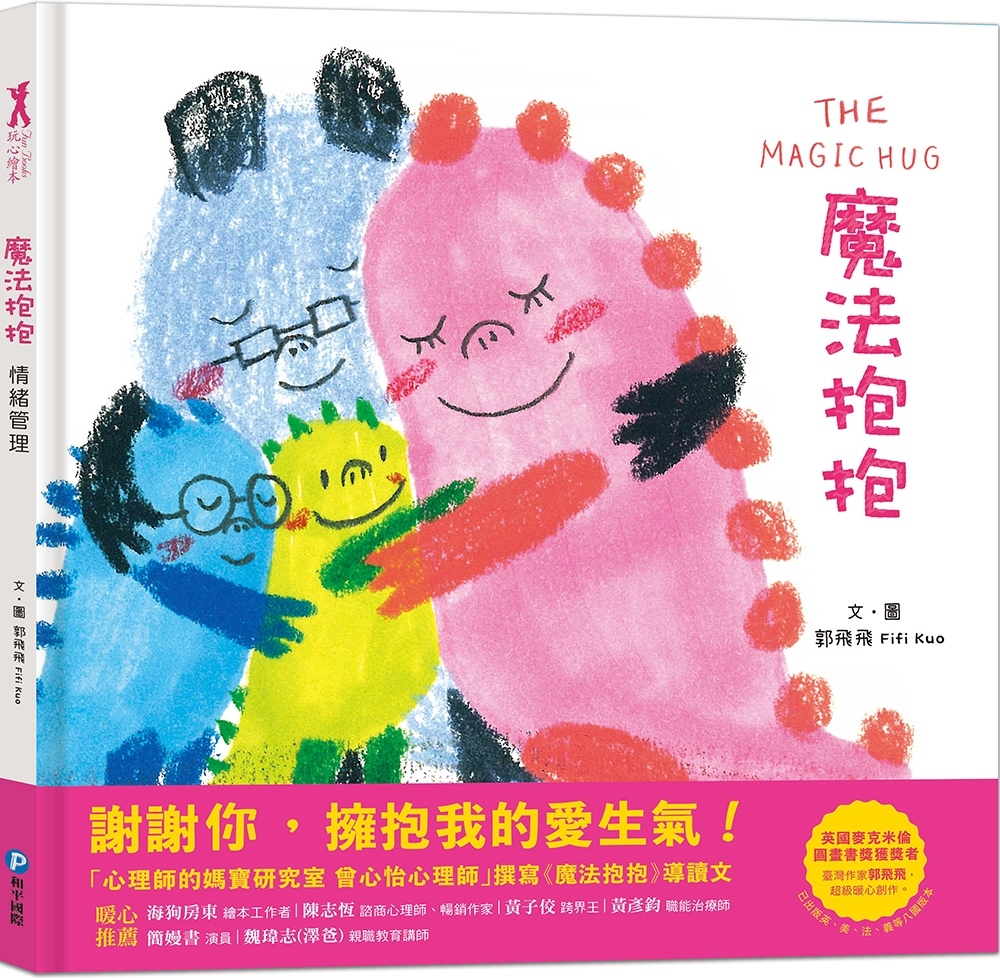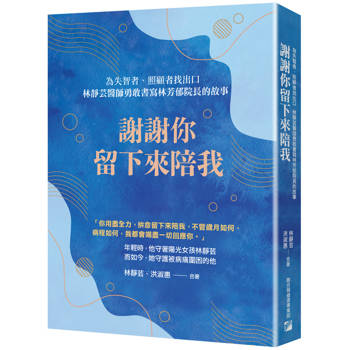November 2015, The Winnicott Trust held a major conference in London to celebrate the forthcoming publication of the Collected Works of D. W. Winnicott. Most of the papers given then now constitute the chapters in this book, reflecting not only the ongoing contemporary relevance of Winnicott’s work—both clinical and theoretical—but demonstrating the aliveness of Winnicott’s contribution as present day practitioners and academics use his ideas in their own way. The chapters range from accounts of the early developmental processes and relationships (Roussillon, Murray), the psychoanalytic setting (Bolognini, Bonaminio, Fabozzi, Joyce, Hopkins), creativity and the arts (Wright, Robinson), and Winnicott in the outside world (Kahr, Karpf), to the challenge of the psychoanalytic paradigm that Winnicott’s ideas constitute (Loparic).
The phrase “the history of the present” draws on Foucault’s radical reconsideration about how to think about history and the present, using a so-called genealogical rather than an archaeological model. Using this genealogical concept in relation to our thinking about Winnicott, his ideas, and where they sit in psychoanalytic theory and psychoanalytical clinical development reflects the breadth and depth of his work. Not only does it refer to his interest in the history of people, children, what happens to them in the very beginning of their lives, and how that is manifested later adulthood, but it refers to the genealogy of his ideas in the psychoanalytical movement. He sits in a particular relationship with Freud and Klein, and we now think of him in terms of a very rich history of psychoanalytic thinking. The ideas of family— the richness and complexity of relationships within a genogram— is a very helpful way of thinking about Winnicott and our relationship with him.
| FindBook |
有 1 項符合
Donald W. Winnicott and the History of the Present: Understanding the Man and His Work的圖書 |
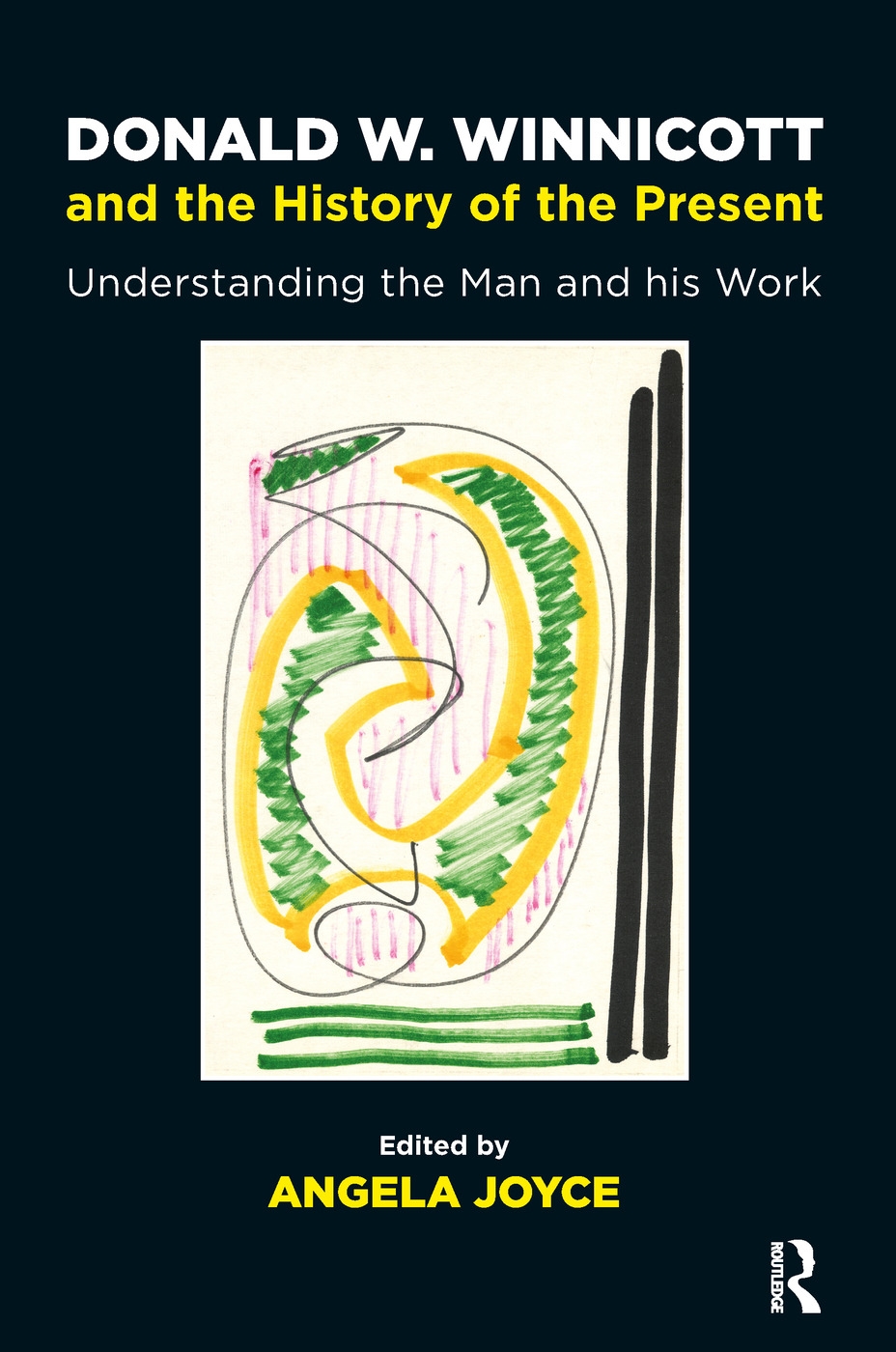 |
Donald W. Winnicott and the History of the Present: Understanding the Man and His Work 作者:Joyce 出版社:Karnac Books 出版日期:2017-12-31 語言:英文 規格:平裝 / 14.6 x 22.2 x 1.3 cm / 普通級 |
| 圖書館借閱 |
| 國家圖書館 | 全國圖書書目資訊網 | 國立公共資訊圖書館 | 電子書服務平台 | MetaCat 跨館整合查詢 |
| 臺北市立圖書館 | 新北市立圖書館 | 基隆市公共圖書館 | 桃園市立圖書館 | 新竹縣公共圖書館 |
| 苗栗縣立圖書館 | 臺中市立圖書館 | 彰化縣公共圖書館 | 南投縣文化局 | 雲林縣公共圖書館 |
| 嘉義縣圖書館 | 臺南市立圖書館 | 高雄市立圖書館 | 屏東縣公共圖書館 | 宜蘭縣公共圖書館 |
| 花蓮縣文化局 | 臺東縣文化處 |
|
|
圖書介紹 - 資料來源:博客來 評分:
圖書名稱:Donald W. Winnicott and the History of the Present: Understanding the Man and His Work
|
